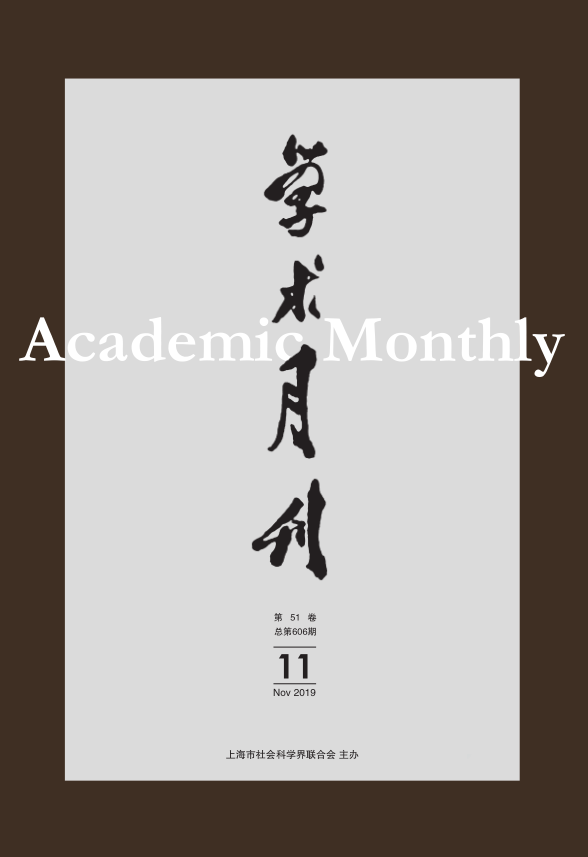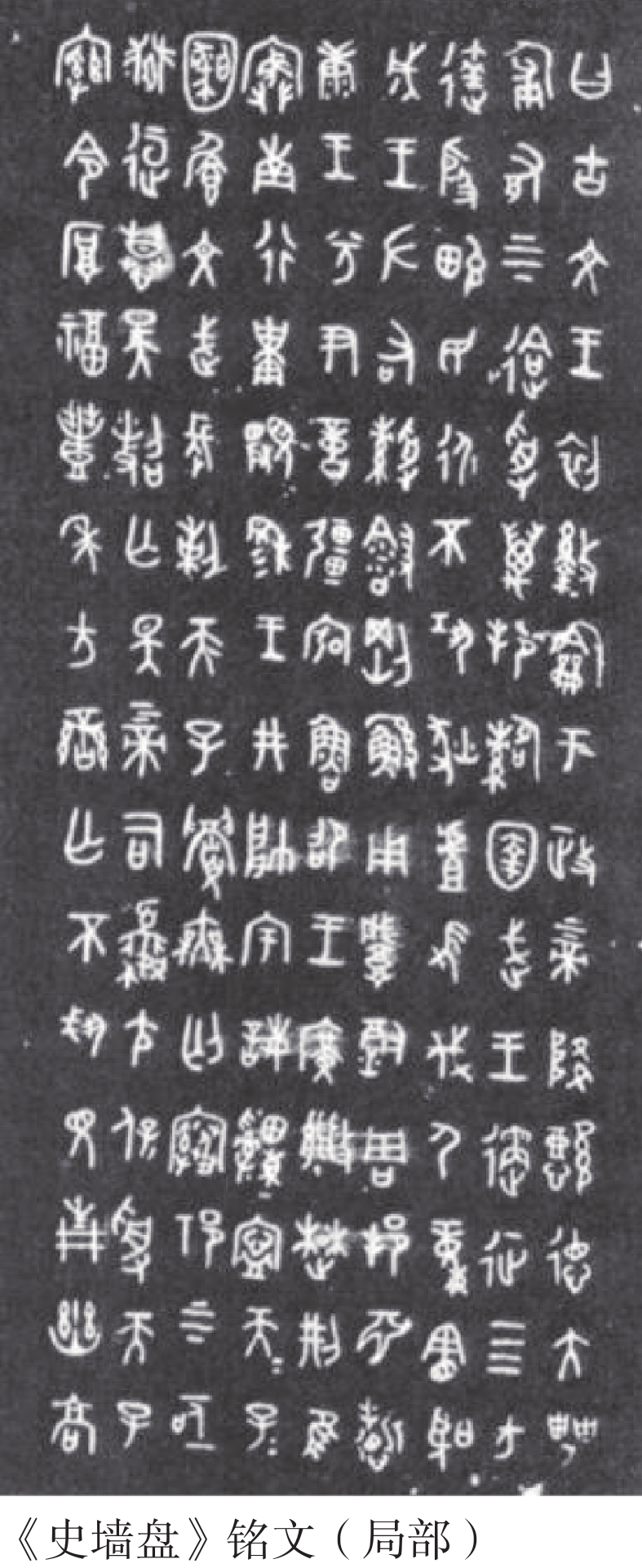Citation:
Fulin CHAO. A Supplementary Explanation of the Inscriptions in “Historical Wall Plate”[J]. Academic Monthly, 2019, 51(11): 150-157.

A Supplementary Explanation of the Inscriptions in “Historical Wall Plate”
-
Abstract
The inscription in “Historical Wall Plate”(《史墙盘》)praises the king of Zhou of Cheng and Kang Dynasties. Although the diction is simple, it is accurate and reliable. The inscription said that the right and left ministers of King Cheng were all wearing ribbons and colored embroidered official clothes. They were resolute, upright and gentle. The name “Zhaoche Zhou State” means that King Cheng started to expand the territory of Zhou state. As for King Kang, the inscription “Li Yin Yijiang” means that he managed the vast territory diligently. The King Cheng and Kang made great contributions to the consolidation and development of the Zhou Dynasty. In that era, the society developed steadily and prospered. It is reasonable to call it “the governance of Chengkang” in history.
-

-
References
-
Access
-
-
[1]
. . Academic Monthly,
2016, 48(06): 93-100.
-
[2]
. . Academic Monthly,
2017, 49(11): 150-184.
-
[3]
WU Zhen
. Wang Chuanshan’s Theory of Li and Qi. Academic Monthly,
2024, 56(1): 11-23.
-
[4]
Xiaoyu LI
. How Do Images “Serve the History”. Academic Monthly,
2022, 54(12): 153-164.
-
[5]
Guorong YANG
. “Affair” and “History”. Academic Monthly,
2019, 51(1): 11-23.
-
[6]
Bo YANG
. Redrawing the Chronology of the between Eastern Zhou Dynasty and the Western Zhou Dynasty from the Historical Materials of Zheng State in Tsinghua Bamboo Slips. Academic Monthly,
2021, 53(8): 187-194.
-
[7]
ZHOU Wu
. . Academic Monthly,
2018, 50(6): 178-184.
-
[8]
Haifeng JING
. Classics: From Studies to History. Academic Monthly,
2019, 51(11): 5-14.
-
[9]
. . Academic Monthly,
2017, 49(12): 134-143.
-
[10]
. . Academic Monthly,
2016, 48(08): 131-140.
-
[11]
,
. . Academic Monthly,
2017, 49(06): 178-184.
-
[12]
. . Academic Monthly,
2017, 49(10): 9-12.
-
[13]
Qingshan YAN
. A Conceptual History and Philosophy of Understanding. Academic Monthly,
2021, 53(6): 45-57.
-
[14]
Yaqiu LIU
. Oral History as a Method of Community Research. Academic Monthly,
2021, 53(11): 123-131.
-
[15]
Jian YUAN
. From the General Intellectual History to the Intellectual History of Borderland. Academic Monthly,
2020, 52(11): 160-167.
-
[16]
,
. . Academic Monthly,
2016, 48(12): 174-179.
-
[17]
Ping CHEN
, Xianliang FENG
. From Economic History to Cultural History: A Review on Issues of Traditional Jiangnan Studies. Academic Monthly,
2020, 52(6): 148-161, 178.
-
[18]
,
. . Academic Monthly,
2017, 49(03): 179-184.
-
[19]
Chunhong WANG
. An Inter-textual Inquiry on the Historian Narration of Emperor Hanwen and King Changyi. Academic Monthly,
2022, 54(7): 171-180.
-
[20]
Jie HU
. Individual Narrative and Collective Memory: Sociological Construction of Oral History. Academic Monthly,
2021, 53(11): 140-146.
-
-




 沪公网安备 31010102003103号
沪公网安备 31010102003103号 DownLoad:
DownLoad: